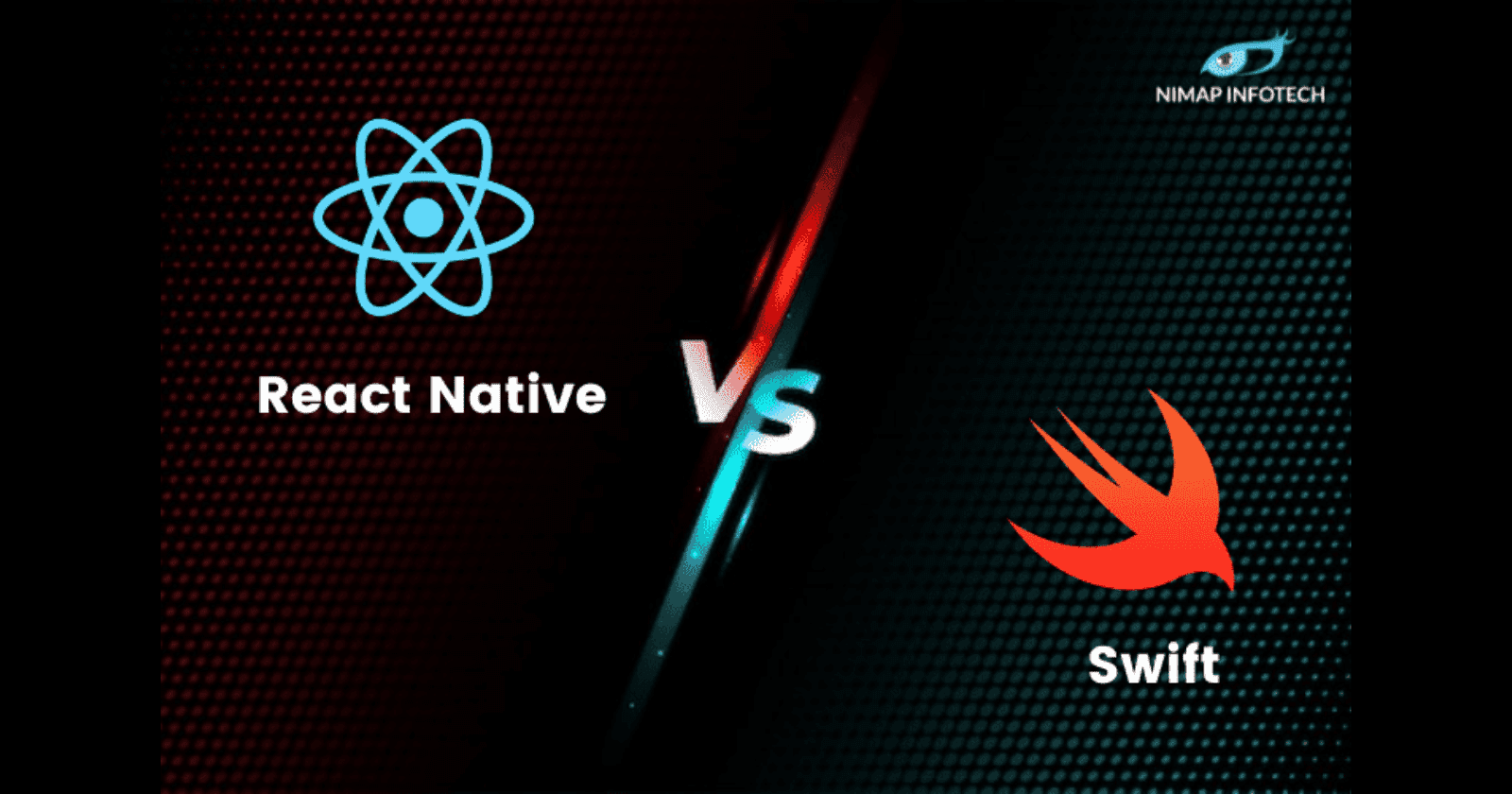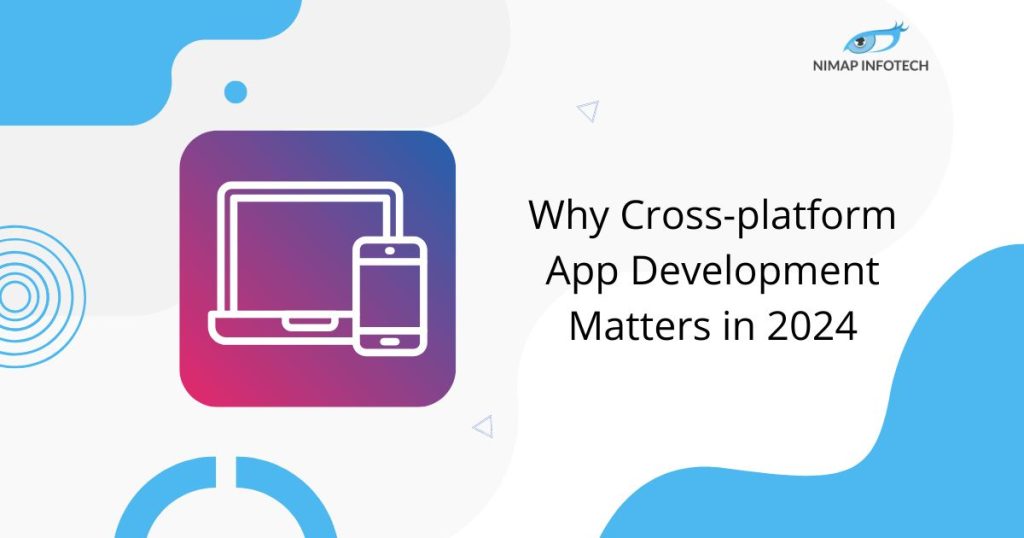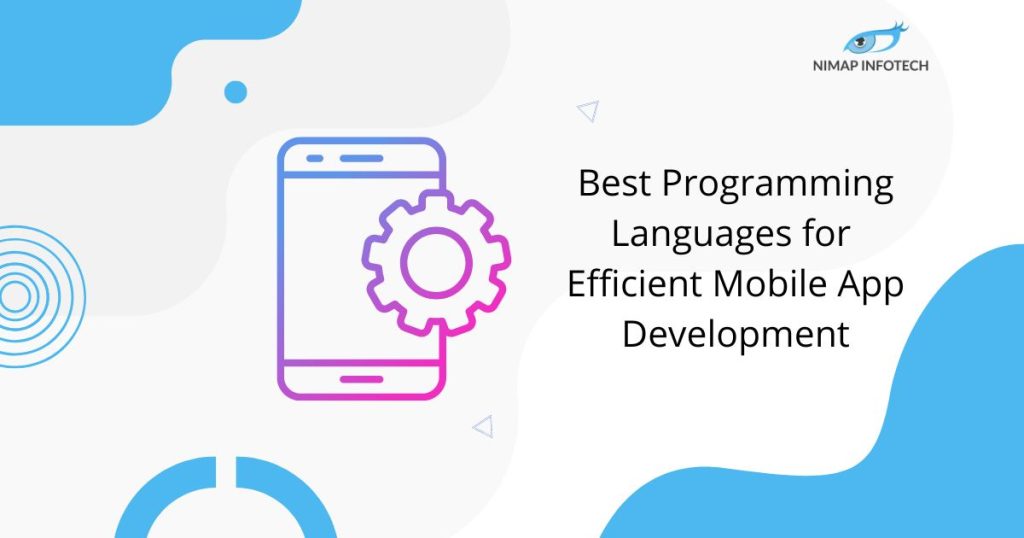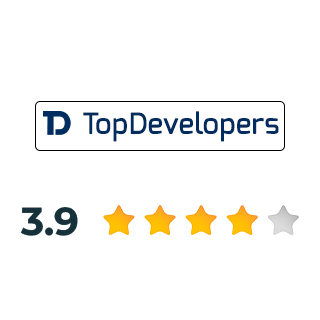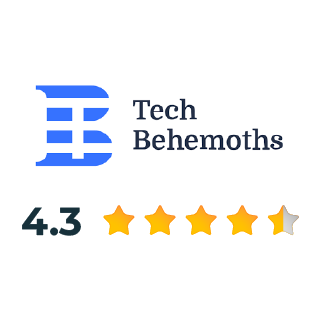Table Of Content
- iOS critical stats
- What is Swift?
- React Native: What is it?
- React Native vs Swift: Why should we compare them?
- React Native vs Swift– Platform Comparison
- Examples of Apps:
- What factors should I consider?
- React Native VS Swift- Direct Comparison in 2023
- Summary- a programming language robustness:
Both Swift and React Native are relatively new platforms that facilitate the creation of iOS mobile applications. While Swift is a brand-new programming language, React Native is a framework for JavaScript. So, which one should you use when creating a new iOS app?
iOS critical stats
Unquestionably, the iPhone is more than a gadget; it is a cultural and social phenomenon that sparked the smartphone revolution with its original introduction in June 2007. Since then, sales of smartphones worldwide have increased by an astonishing 152%, reflecting the device’s explosive growth in popularity. Given that Apple is a premium brand and that these numbers also include no-name or low-cost brands that are offered in developing regions, they are all the more astonishing.
Strong economies like those in the US, Canada, Scandinavia, and Australia are where iOS-powered smartphones are most prevalent.
- Currently, the iPhone is used by more than 1 billion people.
- Since its release, more than 1.9 billion iPhones have been sold.
- In 2021, Apple distributed 206.1 million iPhones.
- 65 percent of US smartphone sales are iPhones.
- Apple created six of the top ten selling smartphone models in January 2021.
Given this, it should come as no surprise that Apple is powerful enough to impose its own frameworks and programming languages, which is essentially what Swift is.
Key Takeways
- The main difference between the two languages is Swift is ideal for creating iOS apps, whereas React Native is best for cross-platform development.
- As a result, you could create an Android app in Java or Kotlin and only use Swift and Objective-C for iOS.
What is Swift?
Apple created Swift, a cutting-edge, general-purpose, and multi-paradigm programming language, to create their iOS-powered devices and the rest of the ecosystem. Apps may be created to operate on a variety of operating systems, including watchOS (for Apple Watch), tvOS (for Apple TV), and, perhaps surprisingly, z/OS, which runs IBM mainframe computers.
The language is now made accessible to the community for usage under the Apache License. It was introduced in June 2014, seven years after the initial release of the iPhone. Looking to Hire Swift Developer, contact us now.
React Native: What is it?
React Native is a Facebook-supported technology used to create mobile applications that function on any device. The React Native technology is built on JavaScript and enables users to share the code between numerous platforms, including Android, iOS, and web apps, in contrast to native apps, which require distinct programming languages for each device. Cross-platform mobile app development may greatly save development time because up to 70% of the code may be shared between the apps.
Shopify, Facebook, and Walmart applications, among others, employ React native, a well-known and extensively adopted technology. You can Hire React Native Developer if you are looking to build your App Development.
React Native vs Swift: Why should we compare them?
Mobile applications are evolving beyond being only a problem-solving tool. More emphasis is being placed on lifestyle and building relationships with people; if they have an app loaded, the brand is always with them or in their possession. 80 percent of smartphone owners, or people who check their phones before brushing their teeth, do so within 15 minutes of waking up, according to IDC statistics. Given that, having an app is essential.
When it comes to cutting-edge cross-platform mobile development, the cost of creating the app might be rather high. Cutting expenses without sacrificing quality might be very beneficial for businesses. The most reliable type of cross-platform mobile app creation requires businesses to take into account the requirements of both iPhone and Android-powered devices when creating apps, effectively creating two independent software components created to accomplish the same work.
However, optimization may have drawbacks that are difficult to accept. Given this, it is accurate to compare the potential of Swift and React Native. Get a direct comparison on React Native vs Swift in this blog.
React Native vs Swift– Platform Comparison
1. User Interface (UI):
Since Swift is an iOS-native language created by Apple to power apps, it fits right in with the iOS design and takes full advantage of all the UX elements. However, creating native apps from scratch with Swift is actually coding. Therefore, each component needs to be polished independently.
On the other hand, React Native employs JavaScript as a backend power and internal APIs to run native components. Given so, the user interface is identical to the native one while being simpler to code. React Native apps also have no problems being presented on different screen sizes thanks to the web development tradition of JavaScipt, which may be a consideration when developing an app for the iPhone and iPad at the same time.
Winner: React Native
2. Coding Speed:
Swift, uh, is… Swift is better than Objective-C when it comes to coding since it removed its shortcomings and the heritage that came with it. It is a practical method for creating native iOS apps.
React Native, on the other hand, is a JavaScript framework that is a straightforward yet effective workhorse for online applications. The language is very simple to learn, and since its introduction in 1995, several help tools have been developed.
When it comes to creating an Android app, the rules are different. React Native may even allow for copy-and-paste operations (to some extent). The procedure starts over if the programme was created using Swift.
Winner: React Native
3. Best Performance:
According to performance intuition, the native app ought to run faster than the framework-based one. But it’s not quite that easy.
Based on memory utilization, CPU and GPU usage of GPUs in iOS apps developed with Swift and React Native, we estimated the performance characteristics of Swift vs. React Native.
Numerous web-based experiments demonstrate that when contrasting two applications that do the exact same operations, the variances depend on the task. React Native performs somewhat better when it comes to CPU consumption and optimization, but the framework may have greater difficulties handling graphical effects. React Native provides the ability for developers to embed native code into the app, supplying the code chimera utilizing various tools and resources to handle various tasks.
However, the fact that there are no changes at all is a fantastic endorsement of React Native. Therefore, we can conclude that React Native is the greatest option for creating your own app from a performance perspective.
Winner: React Native
4. Groups & Assistance:
One of the most widely used programming languages today, JavaScript is utilized in the creation of hybrid mobile apps. In fact, over 97.8% of websites on the internet utilize it, making it the most popular programming language for the sixth year in a row.
Even when supported by Apple, JavaScript has a strong position in 2014 and is difficult to overturn.
On the other side, because of the smaller population, there is a far fewer amount of low-class stuff available. When looking for anything regarding JavaScript online, there are innumerable answers linked to a tonne of issues that are unrelated to the issue at hand. Because of this, finding the solution may really be compared to hunting for a needle in a haystack despite the enormous community of JavaScript programmers out there.
The dilemma is further evident since JavaScript is so prevalent and adaptable. There are frameworks that combine neural networks and javascript, and they are much more than just an intriguing toy or a phenomenon. The language is used to solve many different types of problems, including those related to machine learning, web development, mobile app development, and even machine learning.
As a stark contrast, Swift-related issues only apply to one programming discipline: iOS app development. Due to the challenges’ specific classifications and the assumption that one is not searching for an answer to a particularly complex problem that has never been seen before, finding the answer or seeking it out in the community can be much simpler.
As a result, a bigger community may occasionally cause more confusion than actual gain.
Winner: React Native
Learn More: Importance Of Developing iOS Application For Your Business
5. Stability:
Despite being supported by one of the most well-known programming languages, React Native does not produce truly native apps. To make the app function, it makes use of internal APIs and libraries. As a result, it’s important to put a middleman between the code and the platform.
Swift, on the other hand, creates a native program that can take full advantage of the platform’s capabilities. The Swift technology performs better when dealing with graphic effects and computationally intensive jobs, as was already established. The Swift technology may thus be a better option to energize the platform.
But do all apps energize the iPhone? And how many Swift programmers have the necessary skills to create an app that is efficient enough to run more consistently than a React Native one?
Winner: Swift
6. Technology User Guide and Documentation:
Tech behemoths support and maintain Swift as well as React Native. Swift is an Apple product, while React Native is a Facebook-backed initiative. Given that, both initiatives are structured and well-documented. In actuality, both technologies offer standards for commenting the code in a style that can be quickly turned into documentation, thus cutting down on the needed time. To be precise: JSDoc for Java Jazza, which transforms Swift-written markdown comments.
The convenience and automation of documenting the given code is another facet of delivering the IT project, in addition to the documentation provided by the project owner. Regarding the requirement to produce trustworthy documentation and make comments for all code created, there is a (not really) hilarious statement.:
Any code of your own that you haven’t looked at for six or more months might as well have been written by someone else.
– Eagleson’s Law
So in reality, every poorly described code appears to be spaghetti at first look, regardless of how talented the coder is. Automated documentation capabilities, which make it possible to add comments and export the entire document, may save a tonne of work.
With regard to automating the delivery of documentation or even facilitating programmer conversation throughout the development process, React Native provides a far more advanced set of features.
Therefore, from this perspective point, React Native has the edge.
Winner: React Native
7. The platform’s maturity:
React Native and Swift both have a recent history, having been introduced in 2015 and 2014, respectively (being a direct descendant of React.js which has been in use inside Facebook since 2011 and gone open source in 2013). Although these technologies are new, there aren’t many notable distinctions.
A new programming language called Swift was created to replace Objective-C. Since a programming language is the foundation of all software, it is a difficult process to design one.
On the other hand, React Native is a new technology that is supported by JavaScript, a proven technology. As a result, it is simpler to examine the code, identify issues with the framework, and find defects.
Winner: React Native
8. The development’s expense:
Last but not least, while considering the technology to use to complete the project, the development cost is one of the important factors to consider. The majority of the problems in this industry may be resolved with a straightforward graph that shows how quality rises as price rises. However, it isn’t always the case, especially in light of the iOS app development.
Various estimates indicate that the somewhat higher hourly pay of the quick development teams has little impact on the hourly salary of coders.
Evidently, there isn’t much of a difference when it comes to a single coder, but there is when there are plenty of coders on a team or working on a major project.
React Native is therefore somewhat more affordable when considering the development costs measured in hard cash while maintaining all the advantages it offers.
Winner: React Native
9. Talent pool of developers:
The figures above may leave you wondering why, for Linus Torvald’s sake, the programmer who creates an app for only one mobile OS gets paid more than the person whose code gets utilized simultaneously on two major platforms, hence cutting the development time and expenses in half.
The reason has to do with the talent pool that is out there. One of the most widely used languages is JavaScript. Swift barely makes it into the top twenty, whereas 65 percent of users, according to a Stack Overflow study, would choose JavaScript as their language of choice.
Because of this, there are numerous JavaScript programmers available, however there are much fewer Swift programmers. Building a team of JavaScript programmers or developers is going to be a lot easier given the community of developers present.
Winner: React Native
Read More: Flutter Vs Swift: Which One Is Best for iOS App Development?
Examples of Apps:
Now that we have all the technical wizardry behind us, the important issue of what the actual differences are between these two languages and if they are noticeable arises. The ideal test runs on two similar-yet-completely-different apps, such as the iOS Facebook app and the iOS LinkedIn app.
Both are social networking programs that use a lot of bandwidth to display feeds, exchange messages, and display advertisements. In the end, the mobile app is one of the finest methods to gather the data the firm finds difficult to collect in other ways, including localization or behavioral patterns. Additionally, both supply a sizable quantity of material, and developers should optimize to run properly and harness the user’s data.
Performance and features are two essential areas where there are significant disparities. Despite having far less data to collect and analyze than Facebook’s, the LinkedIn app in Swift appears bulky. The LinkedIn app also appears less user-friendly, but its a problem with UX and design rather than the programming technique employed to provide the product.
In the end, it appears that when it comes to delivering rich material, javascript-based technology performs far better than native language.
What factors should I consider?
While many aspects go into creating a successful app, there are just a select handful that are most important. Let’s start comparing Swift with React Native.
React Native VS Swift- Direct Comparison in 2023
| React Native | Swift | |
| User Interface | Used Native components and APIs which is cross-platform | Makes use of iOS native |
| Coding Speed | Use of upto 70% code for Android and iOS both | Speedy, elegant and robust, but needs to do from scratch. Android app development separate is needed |
| Performance | Makes use of optimization for CPU usage. Supported by components for heavy calculations | iOS native, makes use of decent performance for iOS computations. |
| Support By Community | Support is Excellent | Leverages large community but support cannot be compared |
| Stability | No problems | No problems |
| Documentation | Elegant, thorough, and great. | Elegant, thorough, and great. |
| Platform Maturity | Leverages Legacy JavaScript | Relatively New |
| Development Cost | Cost is lower than Swift, but differs from project to project | Higher than React Native, differs from project to project |
| Developers/Programmer Talent Pool | Many, junior and senior-level developers’ talent pool are available | Fewer than React Native, Swift experts are just fewer than React Native. |
Also Read: Swift vs Objective C: Which one is better for iOS App Development?
Summary- a programming language robustness:
Building new things using outdated technologies is the foundation of programming and the IT industry. Despite the efforts of IT companies and the emergence of programming languages, they become prodigies, outdated and occasionally even antique technology persists. not readily, at least. This React Native vs Swift blog gives you the similarities and differences between these technologies
One very resilient programming language, Fortran, launched in 1957, nine years before the moon landing and four years before Yuri Gagarin’s first space voyage.
Oh, and the initial release of the Windows operating system was 28 years ago. However, Fortran is continuing in use, particularly in industries that need complex processing, such as astronomy and weather forecasting.
The same fate seems to befall JavaScript, which, although being almost 20 years old, nonetheless drives the modern web. Given the dynamism of React Native development firms, it has a possibility to utilize even more as a workhorse for mobile devices thanks to React Native.
Swift preparation of the app may result in certain performance improvements and allows the developer to take full advantage of all iOS’s potential. But when comparing the React Native vs. Swift options, the benefit often doesn’t seem to be that large.
Not to add that there are many Android users who are eagerly awaiting native apps.
Conclusion:
Even though our analysis indicates that React Native is a superior option, we are unaware of the problem that your company is now facing that an app might help to address. The context may also make a difference; even when two technologies appear to be identical at first look or when one appears to be superior, there are occasionally specifics that force the choice between them. We hope you liked this React Native vs Swift comparison. If you are looking to hire React developers or Hire Swift developers then do contact us at enquiry@nimapinfotech.com.
